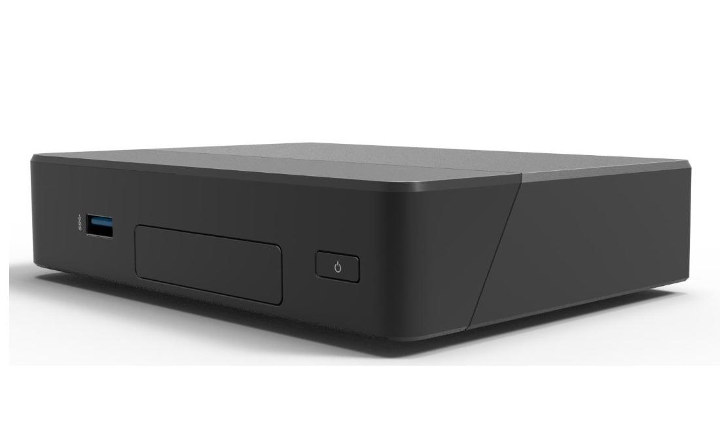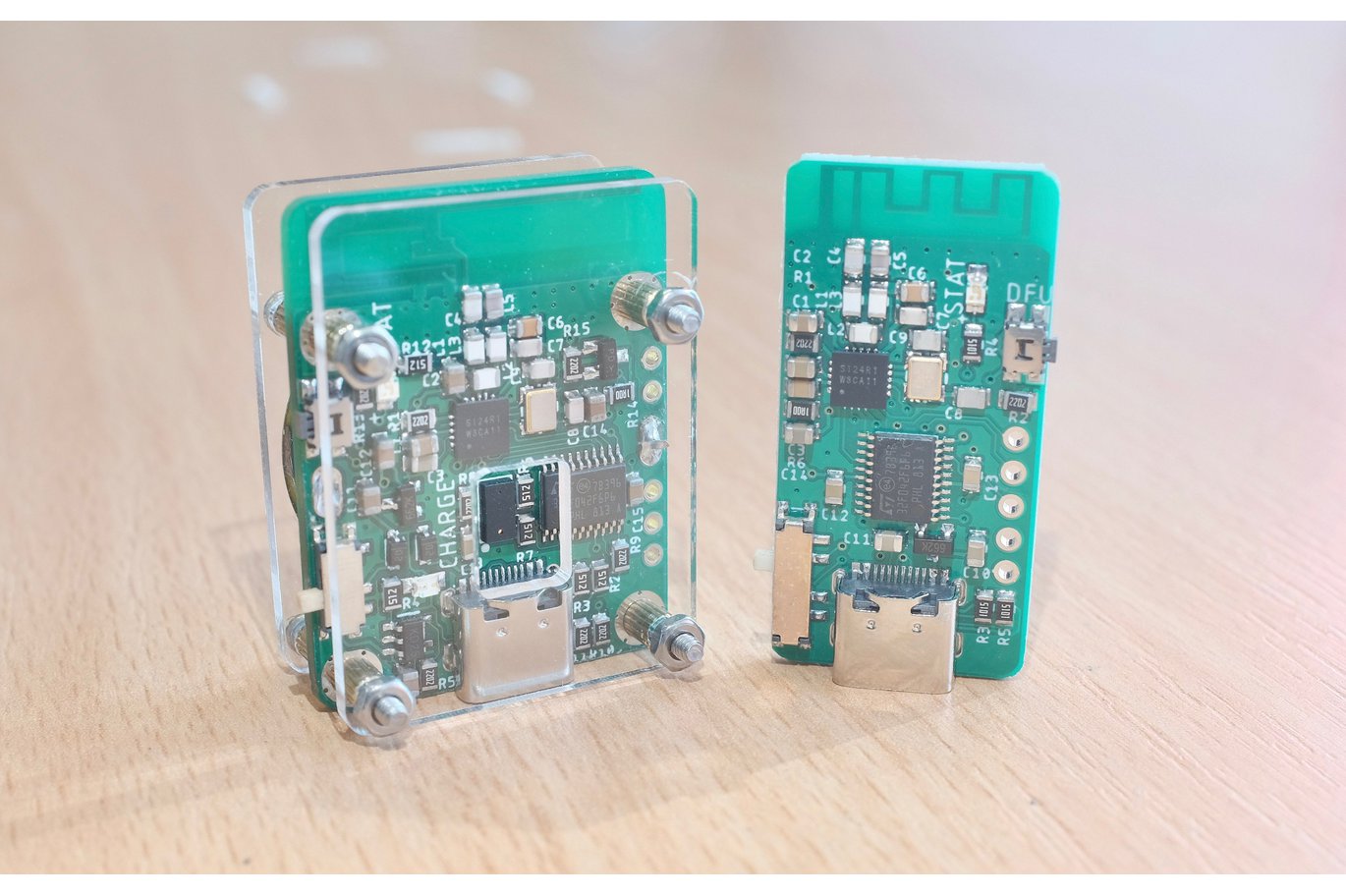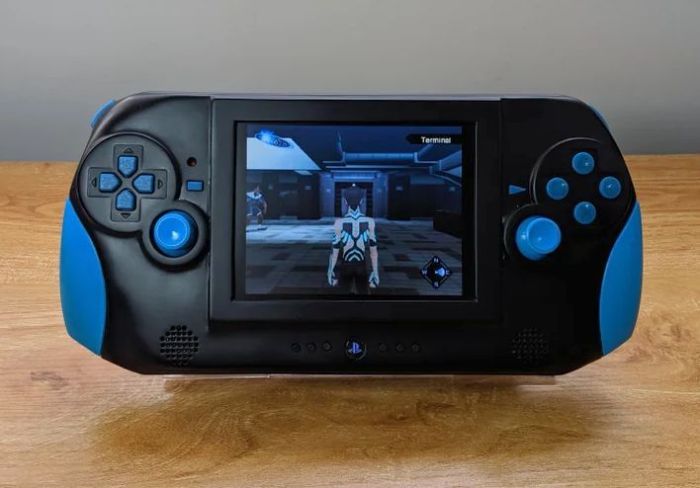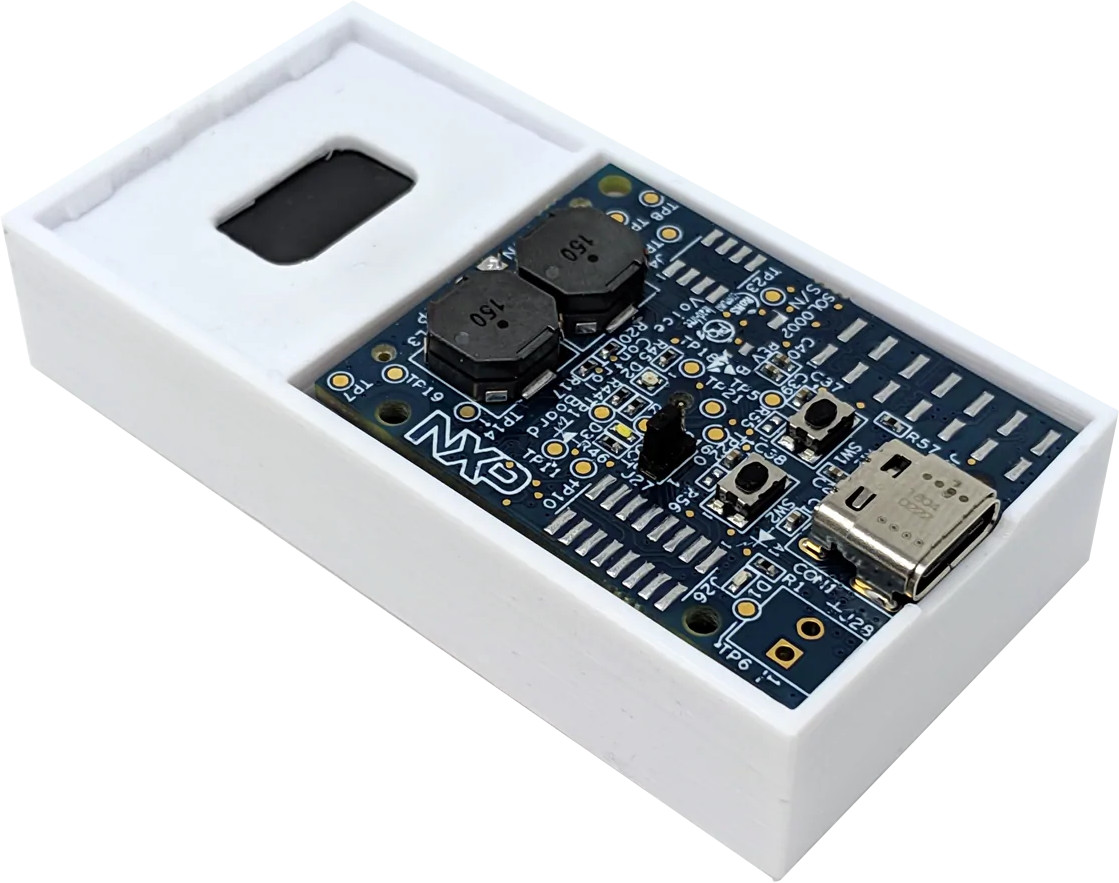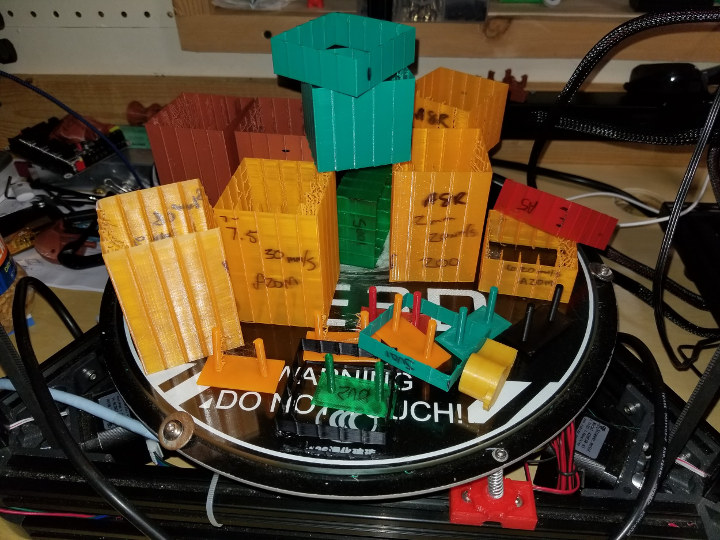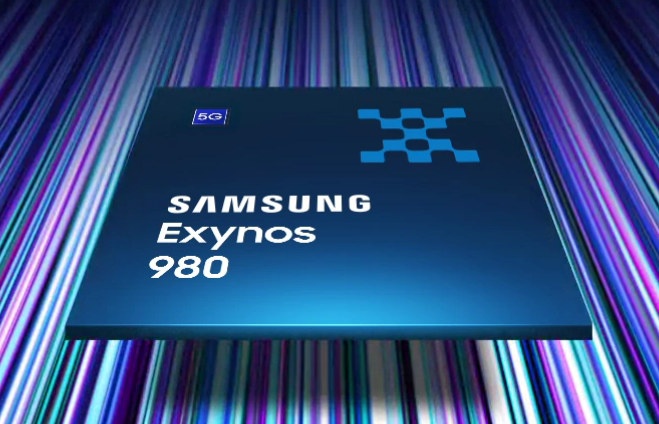Most Intel NUCs are cooled with a fan, and so far if you wanted a fanless NUC you had to purchase a third party enclosure. But Intel has been working on a new model named either “Chaco Canyon” NUC or Intel NUC 8 Rugged that’s both fanless and rugged. The fanless NUC is powered by a dual-core Intel Celeron N3350 Apolo Lake processor coupled with 4GB of RAM and a 64GB eMMC flash both of which are soldered to the board. You can add to storage thanks to an M.2 2280 slot with support for NVMe or SATA SSD’s. Intel NUC 8 Rugged specifications: SoC – Intel Celeron N3350 dual-core processor clocked at 1.1 GHz / 2.4 GHz with Intel HD Graphics 500; 6W TDP System Memory – Dual-channel 4GB RAM soldered-down Storage – 64GB eMMC flash soldered-down, M.2 2280 key M slot for PCIe x4 NVME or SATA SSD […]
Daytripper Uses Laser Time-of-Flight Sensor to Hide Your Slacking Off From Your Boss
Have you ever run into that awkward situation where you were actively busy doing something totally off company’s duties on the computer and got caught red-handed, or an unknown intruder ventured into your privacy, and you got in this awkward unexplained situation. If yes, then you are not alone. Work could be boring sometimes, and some of us do like to take some steam off probably by playing some video games, watch funny videos, or do something outside the blues. It is nice until a superior or a colleague catches us doing that. One way to avoid this is by closely observing our surrounding while getting ourselves immersed but doesn’t always work well because it is super easy to slack off. Well, you don’t have to worry anymore thanks to an innovative project designed by dekuNukem called Daytripper. Daytripper is a laser tripwire that will help you automatically hide your […]
PIS2 DIY Handheld PS2 Game Console Uses Raspberry Pi 2 SBC as SMB Server
It’s a Handheld PS2 Game Console The PIS2 is a handheld PS2 game console that has the chopped-up insides of PS2 game system stuffed into a small console, along with a display, controllers and a Raspberry Pi 2 to access the games from the Ethernet to load directly to the hardware. Sony has officially discontinued all handheld PSs as of March 2019, so these DIY consoles are popping up regularly. This one is quite an accomplishment. It Took a Long Time The creator of the PIS2, a hacker named Darkwing, started work on the unit in 2013. He stopped for some time, then started documenting his work on the system in 2017. The ambitious first design specs looked like this PS2 scph-79002 5.6″ Dalian Good Display and VGA chip Genius MaxFire Blaze 2 controller 11.1V 6200mAh made of 6 ncr18650a cells Texas instrument ptn78020 switching regulator IBM Lenovo 05K5494 Laptop […]
NXP i.MX RT106F & RT106A/L Cortex-M7 Processors Target Offline Face Recognition & Smart Audio Applications
NXP i.MX RT crossover processors combine real-time capabilities of microcontrollers with the performance of application processors thanks to an Arm Cortex-M7 core clocked at 528 MHz and more. The performance is indeed impressive as shown by Teensy 4.0 benchmarks, but so far NXP i.MX RT processor targeted general purpose applications. The company has now introduced three new crossover processors designed for AI applications. NXP i.MX RT106F is designed for offline face recognition and expression Identification, while RT106L and RT106A are made for local and cloud-based embedded voice applications. NXP i.MX RT106F Processor Highlights of the processor: CPU – Arm Cortex-M7 @ 600 MHz (3020 CoreMark/1284 DMIPS) Memory – 1 MB On-Chip SRAM plus up to 512 KB configurable as Tightly Coupled Memory (TCM) External memory interface options – NAND, eMMC, QuadSPI NOR Flash, and Parallel NOR Flash Real-time, low-latency response as low as 20 ns Industry’s lowest dynamic power with […]
How to Easily Calibrate Retraction in 3D Printers
[Update July 2020: It is now recommended to use Calibration Generator program instead of the Google Doc Spreadsheet in this article] Hey, Karl here with a short article on retraction tuning. I really enjoy reviewing 3D printers and all things 3D printing with one exception…. when I have to calibrate retraction (aka retraction tuning). It takes so much time. What is Retraction? While 3D printing on a standard FDM printer, the filament is pushed with an extruder motor that has a gear attached. It pushes the filament, either directly into the hotend assembly or through a Bowden tube to the hotend. Molten plastic is then layered to produce a model. When it is printing nearly all prints require non-extruding movements. During the extruding moves pressure builds up and in order to stop stringing and blobbing during non-printing moves, a retraction happens. There are 2 main variables that affect this: the […]
Huawei Kirin 990 & Samsung Exynos 980 are the First Mobile SoCs with Integrated 5G Modem
[Update: post edited on September 6, 2019 with more details about Kirin 990 5G following the official launch of the processor] We’ve already seen mobile phones and laptops with the latest 5G cellular connectivity such as Samsung Galaxy S10 5G or Lenovo Project Limitless 5G laptop, which internally are designed with an Arm SoC plus a separate 5G modem chip. But as IFA 2019 is about to start, both Huawei and Samsung claim to have introduced the world’s first SoC with an integrated 5G modem with respectively Huawei Kirin 990 and Samsung Exynos 980. We should note that MediaTek is working on their own 5G SoC as well. Samsung Exynos 980 Samsung has already made the announcement so we have Exynos 980 key features and specifications: CPU – Octa-core processor with two Arm Cortex-A77 cores @ 2.2GHz, six Arm Cortex-A55 cores @ 1.8GHz GPU – Mali-G76 MP5 GPU Integrated NPU […]
CDVA (Compact Descriptors for Video Analysis) Enable “Video Understanding”
One of the most popular applications of artificial intelligence is object detection where you have models capable of detecting objects or subjects being cats, dogs, cars, laptops, or other. As I discovered in a press release by Gyrfalcon, there’s something similar for videos called CDVA (Compact Descriptors for Video Analysis) that’s capable of analyzing the scene taking place, and describe it in a precise manner. The CDVA standard, aka MPEG ISO/IEC 15938-15, describes how video features can be extracted and stored as compact metadata for efficient matching and scalable search. Gyrfalcon published a press release, their Lightspeeur line of AI chips will adapt CDVA. You can get the technical details in that paper entitled “Compact Descriptors for Video Analysis: the Emerging MPEG Standard”. CDVA still relies on (CNN Convoluted Neural Network) but do so but extracting frames first, append a timestamp and the encoded CDVA descriptor to the video, which […]
ULX3S Education Board is Powered by Lattice Semi ECP5 FPGA & ESP32 WiFi/BLE Module
A few days ago, we covered the KiCAD designed OrangeCrab open-source hardware board powered by a Lattice Semi ECP5 FPGA, and compliant with Adafruit Feather form factor. It’s turned out there’s another Lattice Semi ECP5 FPGA board that’s also designed with KiCAD and open source hardware. Radiona ULX3S differs are it’s larger and exposes more I/Os since it was specifically designed to meet the meets of the digital logic course at the Faculty of Electrical Engineering and Computing (FER) of the University of Zagreb in Croatia. ULX3S specifications: FPGA – Lattice ECP5 LFE5U-85F-6BG381C with 84K LUT System Memory – 32MB SDRAM @ 166 MHz Storage – 4–16MB Quad-SPI Flash for FPGA config and user data storage; MicroSD slot Audio – 3.5 mm jack with 4 contacts (analog stereo + digital audio or composite video) Video – Digital video (GPDI General-Purpose Diferential Interface) with 3.3V-5V I2C bidirectional level shifter Display – […]


